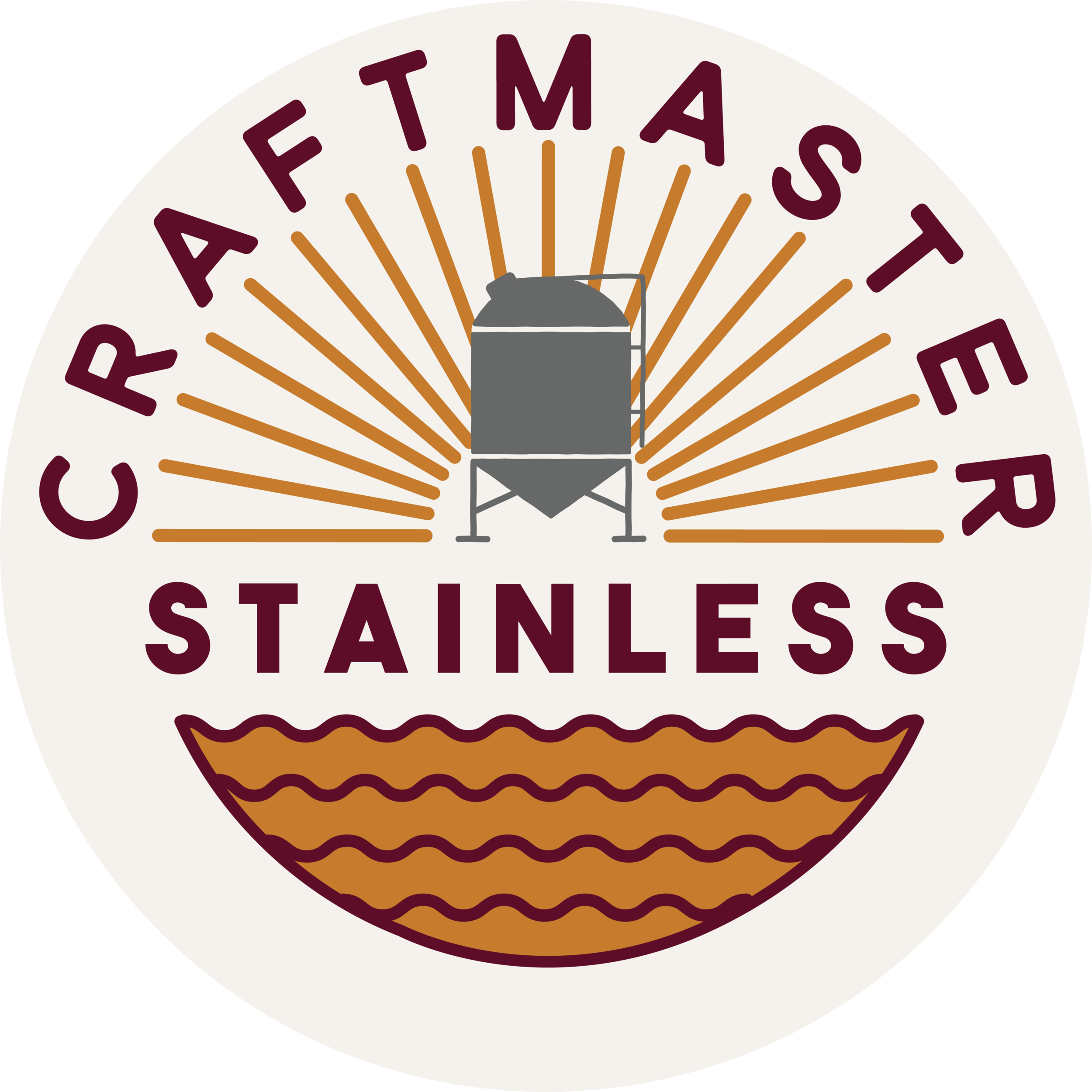Why Choose Combination Mash; Lauter Tanks vs. Separate Tanks
You need the help of specialized equipment that will allow you to brew the perfect craft beer, depending on your goals. Various machines will offer unique solutions you can mix to obtain specific results with your batches.
A combination mash involves mashed cereals and grains combined with water to create wort. The wort transforms into beer with the help of yeast. Choosing between a lauter tank and a separate tank is essential to brewing batches and properly completing processes with the right equipment.
What Is a Lauter Tank?
A lauter tank or lauter tun separates the wort from the solids of a mash, leaving the wort as a liquid that yeast can turn into beer by fermentation. The base of the lauter tank serves as a strainer that filters liquids and leaves solids inside.
The mashing process happens inside another container. After collecting the right amount, consistency, and combination, brewers must transfer it into the lauter tank. The mash must enter through the bottom or the side of a special compartment to avoid excessive air entering the tank.
What Is a Separate Tank?
Before wort transforms into beer, a separate tank will hold every solid piece to keep consistency during fermentation and produce good results. These tanks create whirlpools to filter the solids by trapping them in the middle with the liquid filter, leaving only solids at the bottom of the tank.
Microbrewery equipment like these tanks are essential for beer development and transformation, which would otherwise deliver the wrong consistency and temperature. This step is essential for brewing beer and will vary depending on size, volume, and capacity.
Which Container To Choose?
Combination mash with lauter tanks and separate tanks will deliver accurate results with the correct waiting times, temperature, and fermentation. Mashing plays an important role in the quality of the final product because it defines the ingredients’ taste, consistency, and aroma.
A lauter tank elevates the quality of the beer, and the beer will have a better consistency and flavor with increased lipids. This process could last 60-90 minutes between mashout, recirculation, and sparging and could hold up to 12 gallons of mash.
A separate tank prevents oxygen from mixing with the mash to produce a high-quality, consistent beer. Separation tanks can produce a slightly higher loss in the product but have a faster turnaround time for wort fermentation.

